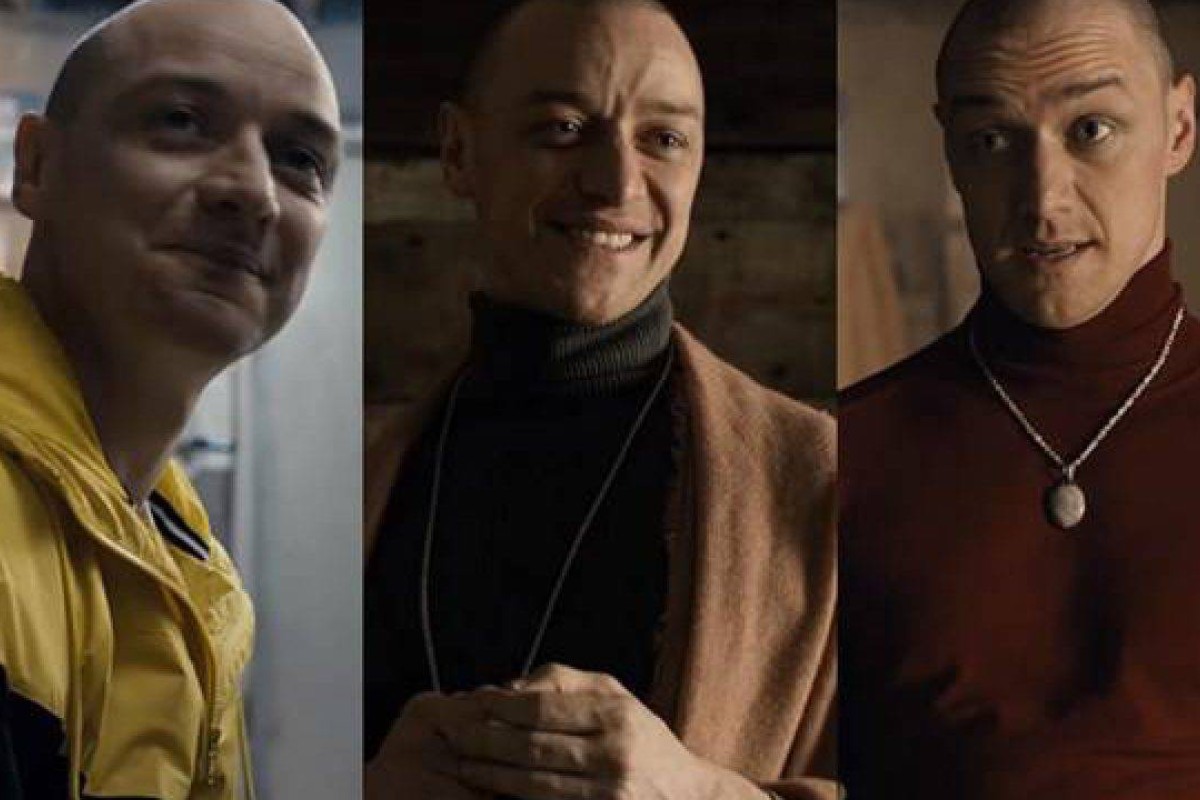Hollywood has long had a troubled relationship with disabilities and a problematic representation of them. Time and time again, films featuring disabled characters have missed the mark and become offensive. Whether this is rooted in ignorance or malice, it is unacceptable and demoralizing for disabled viewers around the world. From insensitive villains, to heart-wrenching films about disabilities which only feature able-bodied actors, Hollywood has failed in terms of misrepresentation and lack of representation altogether. In this article, Stairlifts Flint take a look at where Hollywood has gone wrong, and what it could do to improve.
Photo:Universal
Underrepresentation
One of the main areas in which Hollywood fails its disabled viewers is underrepresentation. Today, 20 per cent of the American population has a disability. That’s around 56 million people. So where is the representation of these people on our screens? Even when a film focused around disabilities is released, it usually features people without disabilities rather than actors with disabilities. What’s more, disabled characters are often depicted in a two-dimensional way, as victims, or subjects of pity. Think of the 2017 hit musical, The Greatest Showman, for example — this film was happy to depict characters with physical disabilities, but in terms of the actual plot, they were all marginal. The love story at the heart of the narrative was left for the conventionally attractive, able-bodied characters.
The Oscars showcase this inequality blatantly. In the history of these prestigious awards, only four Oscars have ever been awarded to disabled actors (Harold Russell in 1947, Linda Hunt in 1984, Marlee Matlin in 1987, and Dan Keplinger in 1999). In response to this, the hashtag #DisTheOscars was started by Imani Barbarin in 2018 as part of her campaign for disabled representation.
Demonizing disabilities
Historically, Hollywood has linked physical and mental disabilities with villainy in its films. This has undoubtedly damaged public perception of people with disabilities and done nothing to alleviate the stigma around physical and mental illnesses. From Alfred Hitchcock’s Psycho (1960) to the 2016 horror Split, both mental and physical illnesses have been used to shock and terrify viewers.
Conditions such as dissociative identity disorder are exploited for psychological thrills, and facial deformities are used to signify the ‘bad guy’. Our outdated notions of stereotypical physical attractiveness still seem to guide Hollywood’s ideas of good and evil. This unrepresentative way of thinking desperately needs to be addressed by directors and film houses alike.
Both physical and mental disabilities are insensitively used as villainous tropes, from James Bond villains to ‘Scar’ the famous Lion King villain who has a facial deformity. Earlier this year, Lupita Nyong’o apologized for her problematic depiction of the Red, an evil alter ego in the film Us, released in March 2019. In the film, her character spoke with a voice that Nyong’o admitted was influenced by spasmodic dysphonia, a neurological disorder caused by movements in voice box muscles. The disease can cause substantial difficulty with speaking, and many sufferers of the condition were offended by Nyong’o’s portrayal of Red. Of course, she later apologized stating that “I wasn’t interested in vilifying or demonizing the condition.” Even when it isn’t intentional, films fail to approach the subject of disability with tact and respect time and time again. Hollywood trips up in various areas: representation, demonizing, and casting.
Casting of disabled actors
Another area where Hollywood has proven problematic with regards to disabled people is in its casting. In recent years, there has been an increase in the amount of films that feature disabled characters, The Theory of Everything, The Shape of Water, Me Before You, to name a few. The problem, however, is that these disabled characters, along with the rest of the cast, are normally played by able-bodied actors.
The 2017 film, The Shape of Water, caused particular controversy because of this. The film is centered around a non-verbal woman who falls in love with an amphibious creature, after working in a top-secret government lab. As fantastic as it was to see a film featuring a disabled central character, the fact that the woman was played by Sally Hawkins, who isn’t disabled, was decidedly problematic. If Hollywood persists in this way, then we will only have access to the disabled narratives as told by able-bodied people. This is neither authentic nor fair to those who want to tell their stories.
In her TED talk, Maysoon Zayid made a wonderful point: “If a person in a wheelchair can’t play Beyoncé, Beyoncé can’t play a person in a wheelchair”. This perfectly encapsulates the frustration felt by disabled actors. More and more films are being made about disabilities, but just as few roles for disabled people. It is clear that Hollywood needs to reassess its attitude towards disabilities and start creating films that are representative of everyone.
Sources
https://www.huffpost.com/entry/opinion-powell-what-hollywood-gets-wrong-about-disabilities_n_5a9ef0ffe4b0d4f5b66b1882
https://www.bls.gov/news.release/pdf/disabl.pdf
https://www.vice.com/en_us/article/d7edyv/hollywoods-approach-to-disabled-characters-is-still-a-disaster
https://www.theguardian.com/film/2019/apr/01/lupita-nyongo-apologises-after-us-disability-voice-row
https://www.theguardian.com/film/2017/jan/12/cinema-dissociative-personality-disorder-split-james-mcavoy
https://slate.com/culture/2015/01/the-theory-of-everything-and-disability-why-eddie-redmayne-shouldnt-get-the-oscar-for-playing-stephen-hawking.html
You are reading Hollywood’s Problematic Representation of Disabilities


